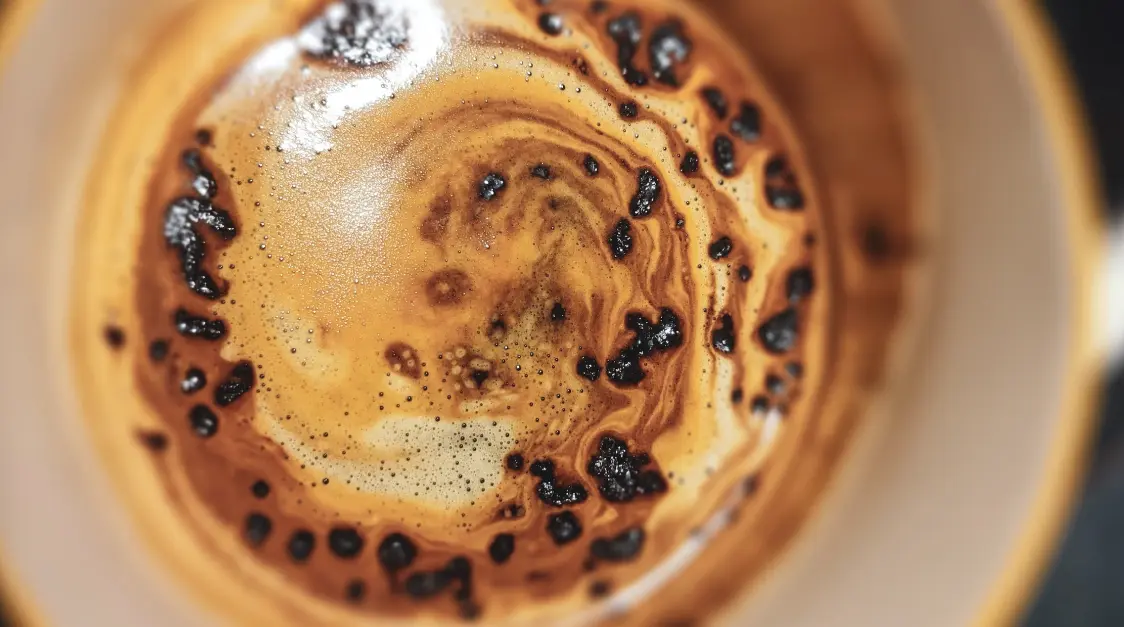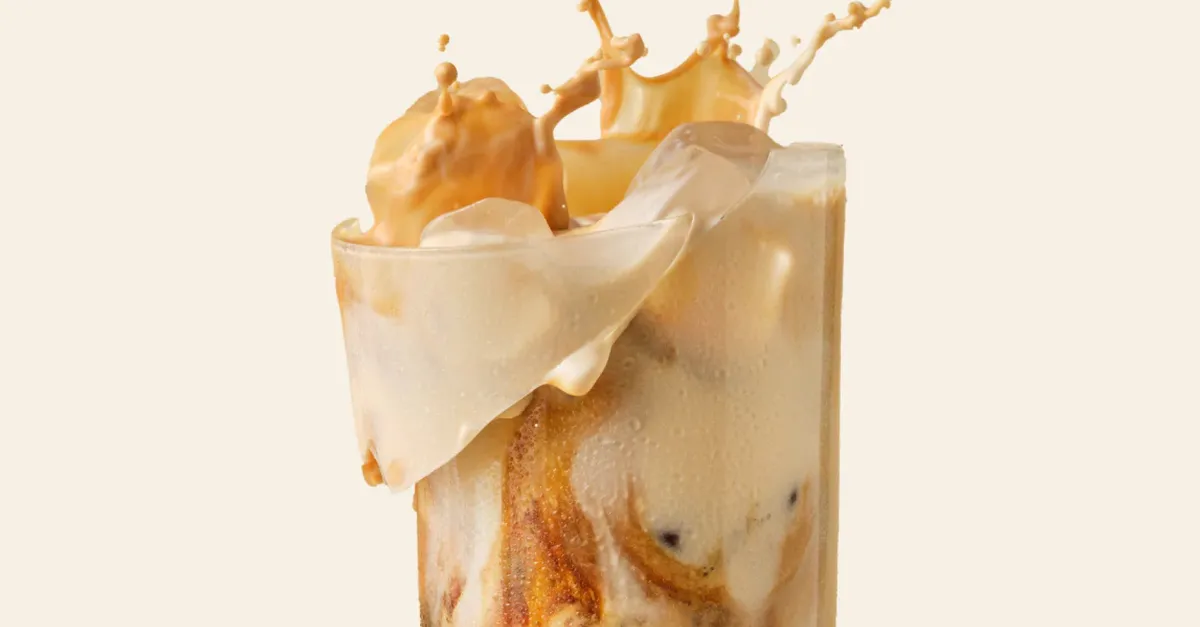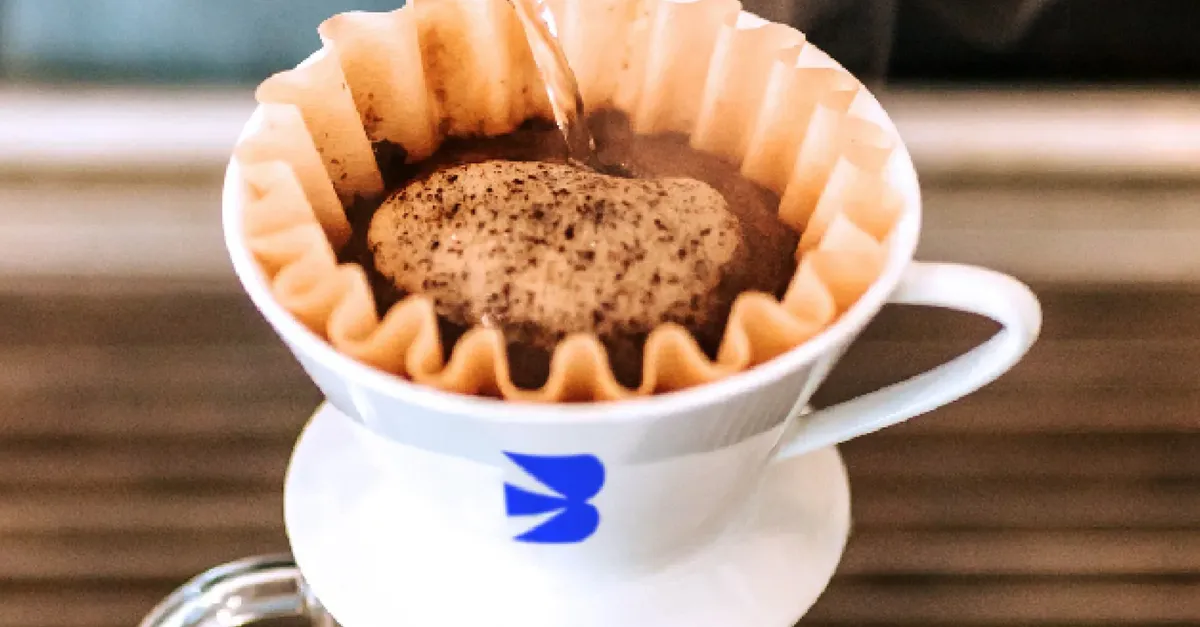Whether you’re looking for a convenient alternative to regular coffee or coffee flavouring for baking, coffee powder is an excellent option. After all, with coffee powder, you don’t have to worry about the complex use of brewing tools or mastering barista techniques. But, to truly make the most of this magic powder, let’s do the wise thing and answer the million-dollar question- precisely what is coffee powder?
What Is Coffee Powder?
Coffee powder is a fine powder made from finely ground coffee beans harvested from coffee tree fruits. In short, coffee powder is just another name for instant coffee. Also known as soluble or powdered coffee, the initial process of making coffee powder is like any other regular coffee.
After harvesting and processing (dried), green coffee beans are roasted based on one’s preference (light to dark), and then finely ground. After grinding, the now-ground coffee is brewed and then dehydrated to form the powder.
The dehydration process removes the water from the coffee to leave the dissolvable powder behind. After dehydrating, commercial sellers preserve and package coffee powder to market and sell it as instant coffee powder.
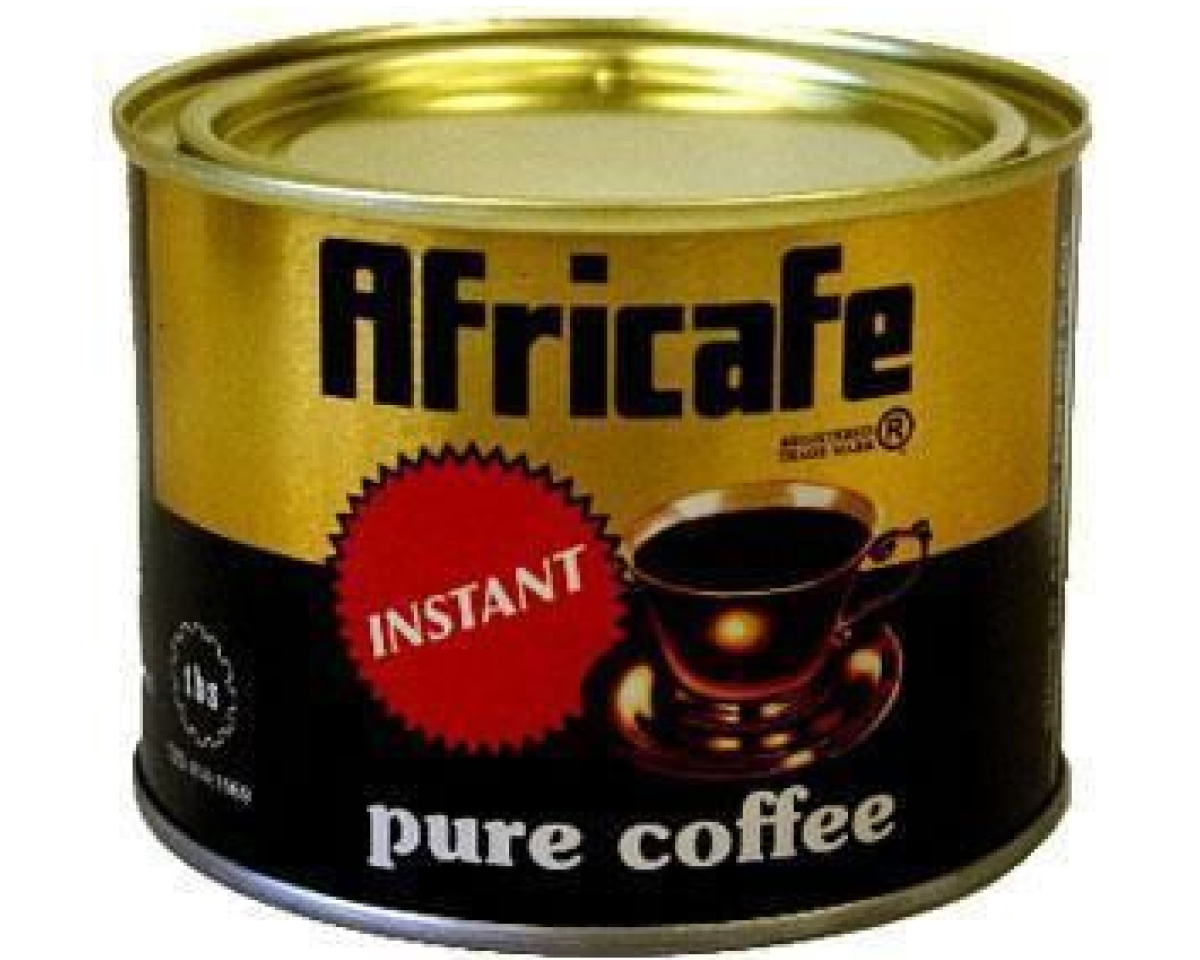
Coffee Powder Strength
The pure coffee powder can be strong. In fact, according to the Food and Drug Administration (FDA), a single teaspoon of pure powdered coffee contains as much caffeine as 28 cups of regular coffee. After all, the coffee powder has been through the process of dehydration.
Dehydrating food refers to removing moisture and water content from food. This, in turn, leaves a concentrated form of food. For instance, when you eat dried/dehydrated fruit slices, you get a more intense flavour than fresh fruit.
This is because everything, including the nutrients in the fruit, contains the purest and highest concentration. However, this also means that the fruit will have higher concentrations of sugars. This explains why it is advised against eating many dried fruits in one sitting.
Similarly, the caffeine level in coffee powder increases due to dehydration. This means that you have to take the coffee powder in moderation. Many businesses add filler ingredients to coffee powder for profit (which inadvertently help to reduce caffeine concentrations).
So, in many cases, commercially available instant coffee is not 100% pure coffee powder. Businesses add ingredients ranging from corn flour to soybean. Different instant coffee producers use other recipes.
For example, Afri Tea and Coffee Blenders, a famous coffee maker in Dar es Salaam, Tanzania, use a blend of the country’s Arabica coffee, robusta coffee, and other filler ingredients in their AfriCafe Instant Coffee (although it is marketed as pure instant coffee).

Coffee Powder Uses
Coffee powder is convenient when it comes to making a cup of coffee. All you do is add a teaspoon of the power (or less or more, depending on your strength preferences), add hot water and stir to make a cup of black coffee instantly.
You can add liquid creamer or powder to turn black coffee into milk coffee instantly. But coffee powder has many uses beyond conveniently making a cup of black coffee or milk coffee/ café au lait. Here are other popular uses of instant coffee;
- Making iced coffee
- Making latte art
- Sprinkling on ice cream, milkshakes, and other types of shakes
- Baking, such as coffee cake or cookies
- Making buttercream and icing
- Sprinkling on baked goods, such as creamy cinnamon and coffee rolls
- Savoury rub for steaks
- DIY beauty products, such as body scrubs

How To Make Coffee Powder And Store It At Home
Here’s how you can make coffee powder at home;
- Purchase whole green coffee beans of your choice from a coffee bean supply. You can invest in a single or multiple bags of single-origin coffee to curate the blend you want.
- Roast the beans (to the level you want) using an oven, microwave, or a unique home coffee bean roaster (to ensure roasting precision and best results)
- After the roasting process, let the beans rest and grind them by hand or using a coffee grinder to a fine powder consistency.
- Brew the ground coffee using any method of your choice
- Dry the coffee using an oven at low heat or a dehydrator for better results
Note: Commercially available instant coffee takes a slightly different approach. After brewing, the coffee is usually spray-dried or freeze-dried. Spray drying involves spraying the coffee extract into hot air to dry the droplets quickly. This turns them into small pieces or fine powder (this explains why some brands, such as Nescafe, produce instant coffee pieces). Freeze-dried coffee is usually frozen and cut into small fragments. These fragments are then dried at low temperatures under vacuum conditions.
- Once dry, you can use it as instant coffee or store it. You should store instant coffee like any other dehydrated food. The key is to keep it away from heat, light, air, and moisture to prevent it from sticking to or forming mould. So, the best way is to store the coffee powder in a vacuum-sealed or airtight container or bag at room or slightly lower temperature (not the fridge or freezer). If the bag or containers are not opaque, store them in a cool, dry, and dark place, like a kitchen cabinet.
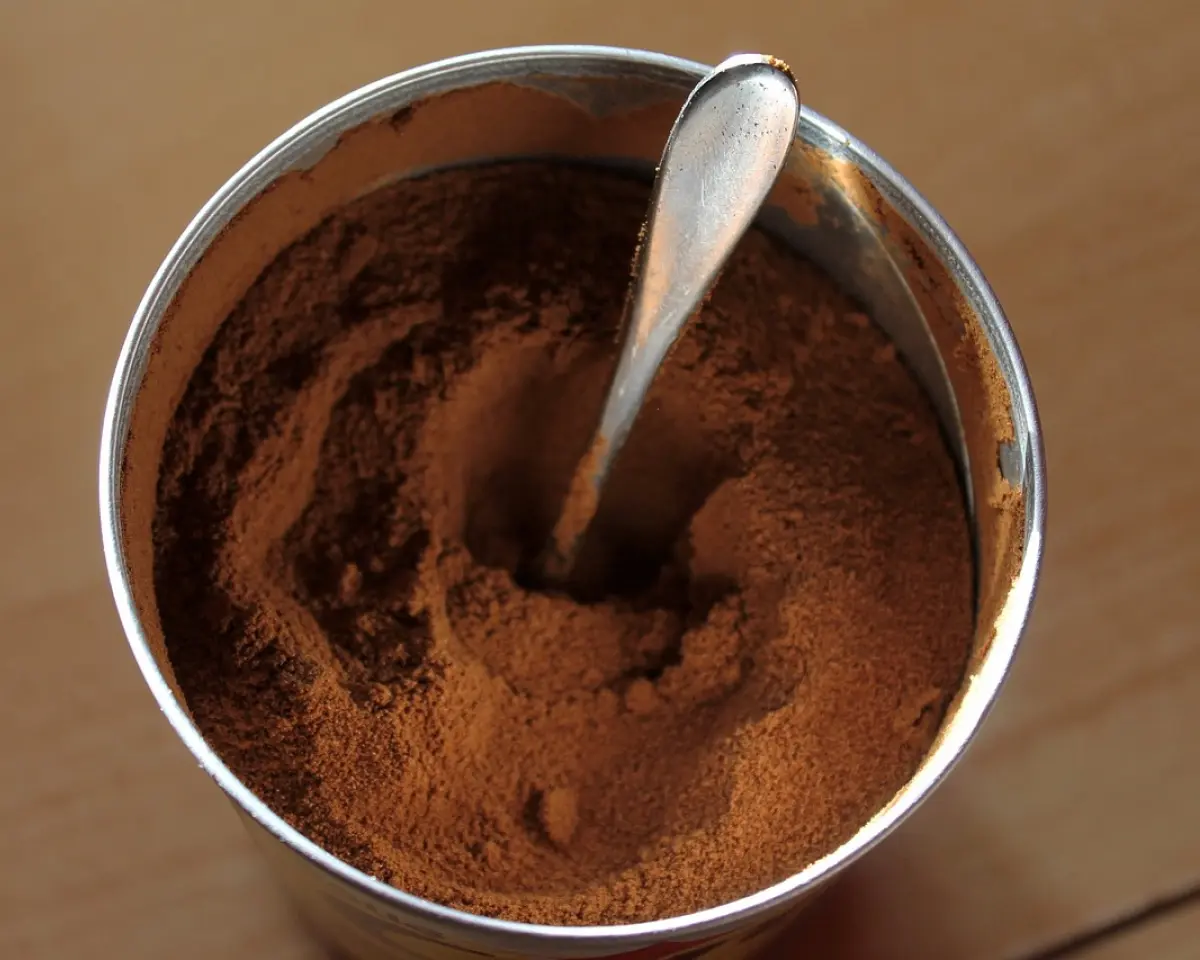
Instant Coffee Brands
If you don’t want to do the heavy lifting, you can always purchase the ready-made coffee powder and stock it in your pantry. Some of the popular, customer-rated brands include;
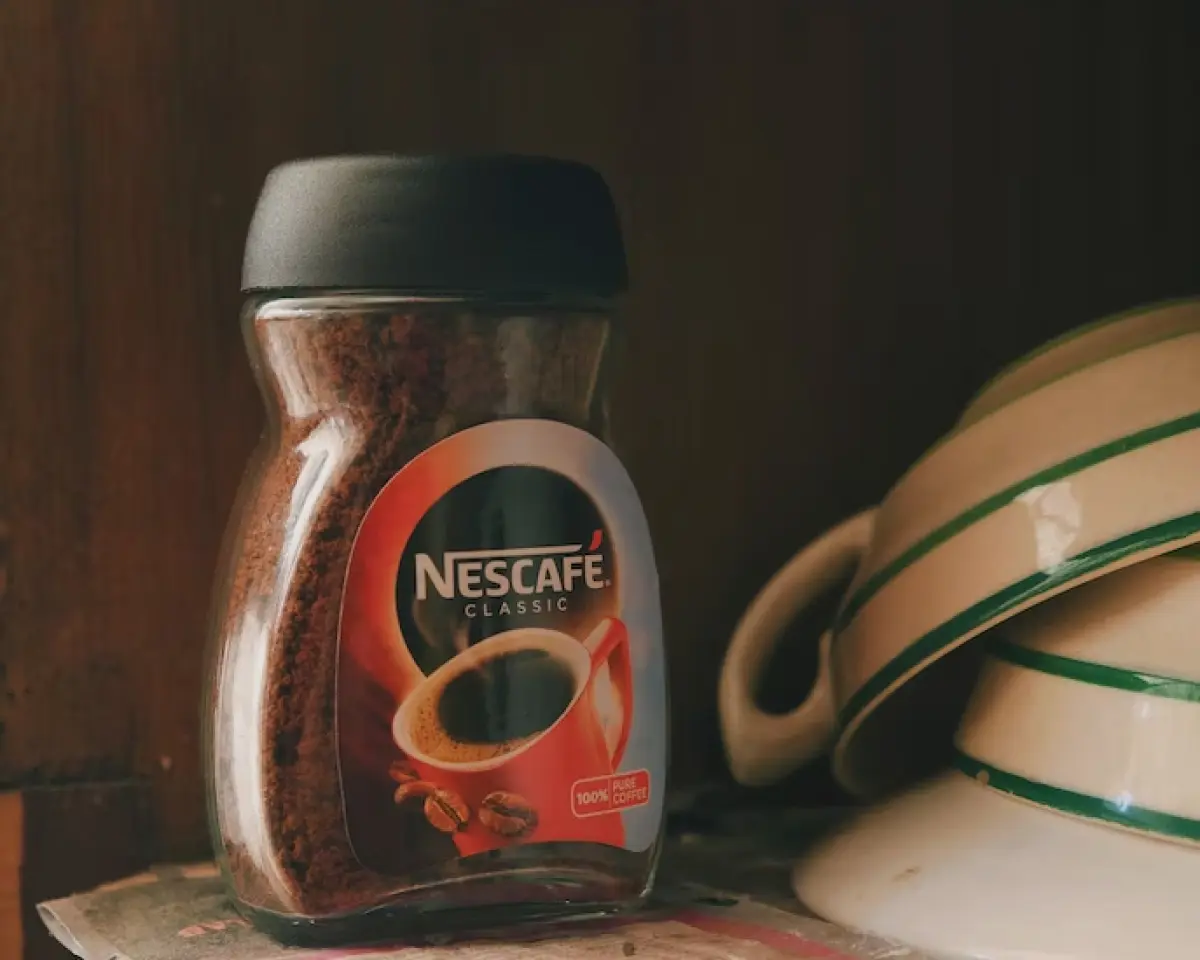
How To Identify Pure Coffee Powder
There are ways you can quickly identify pure coffee powder. Here are some of the key features to look out for;
- Taste & aroma: Pure coffee powder tastes just like coffee. While the aroma isn’t as dominating as freshly ground or freshly brewed regular coffee, pure coffee still has a distinct coffee aroma and fragrance. Its taste is slightly bitter (intense sour acidity). The problem with this, however, is that manufacturers have mastered the technique of replicating this taste. Adding fillers like soybean or corn mimics the same bitterness and coffee aroma since these ingredients boast a slightly similar taste and aroma characteristic when roasted.
- Weight and appearance: Coffee powder has a fine consistency and is very light and airy. Further, coffee powder is porous and easily cakes from even the tiniest amount of moisture. Ground coffee, even finely ground, still has some unevenness and coarseness. It also has some weight to it.
- Colour: Pure coffee powder is black, while coffee powder with fillers has a medium to dark brown colour.
